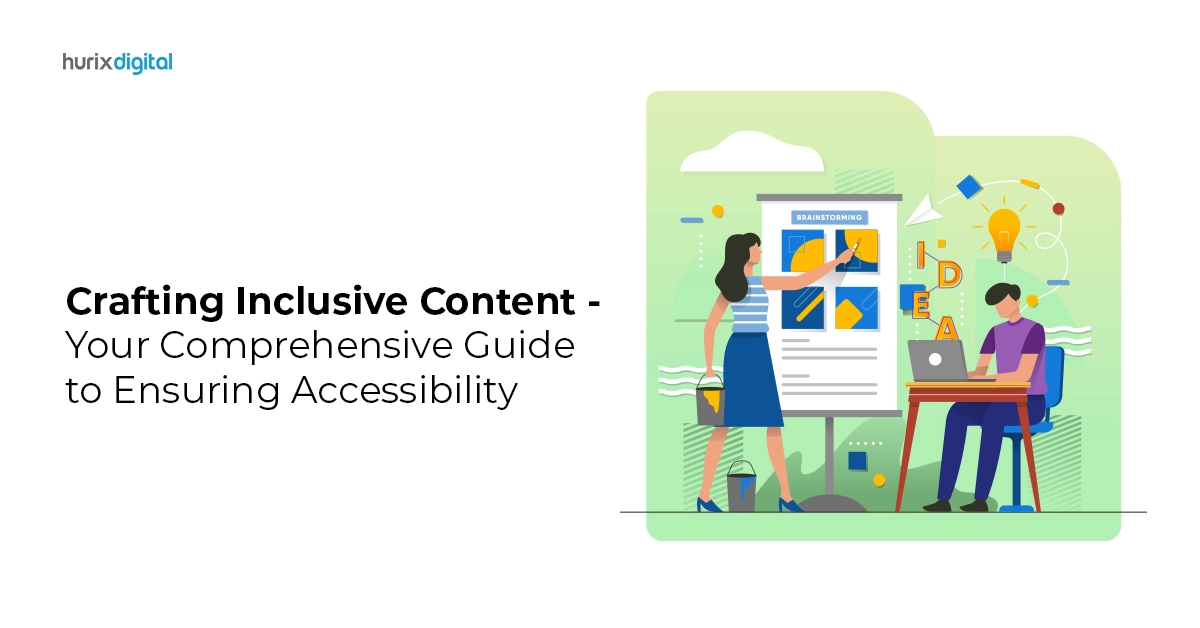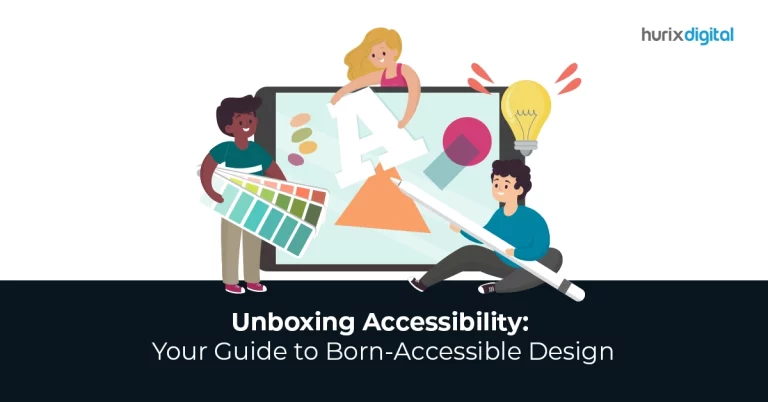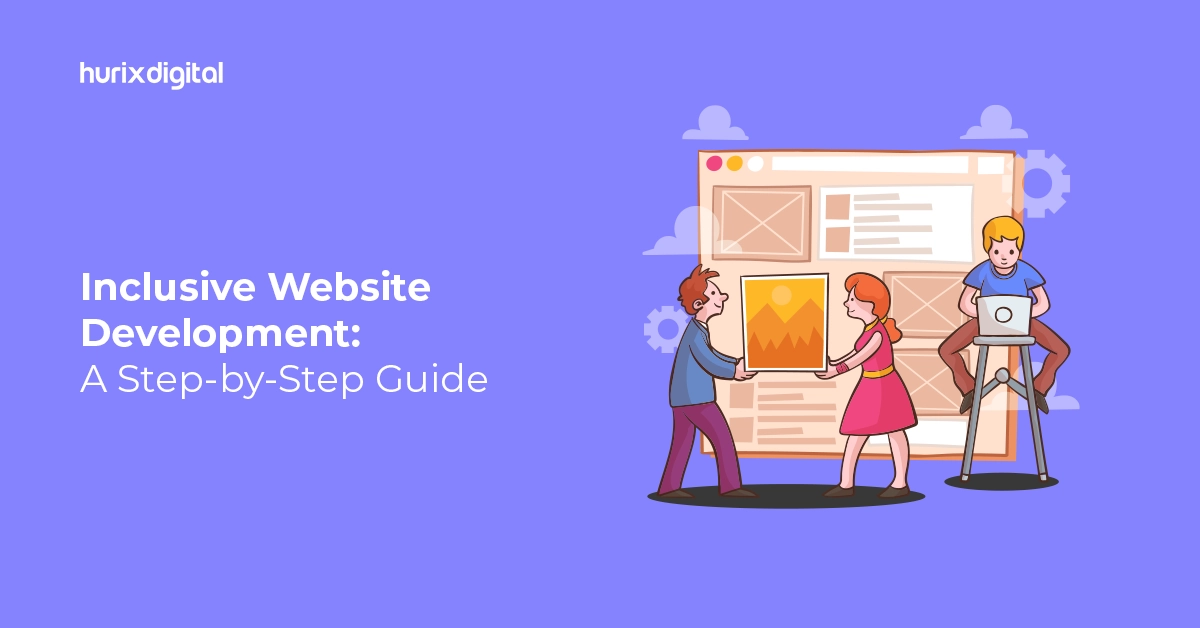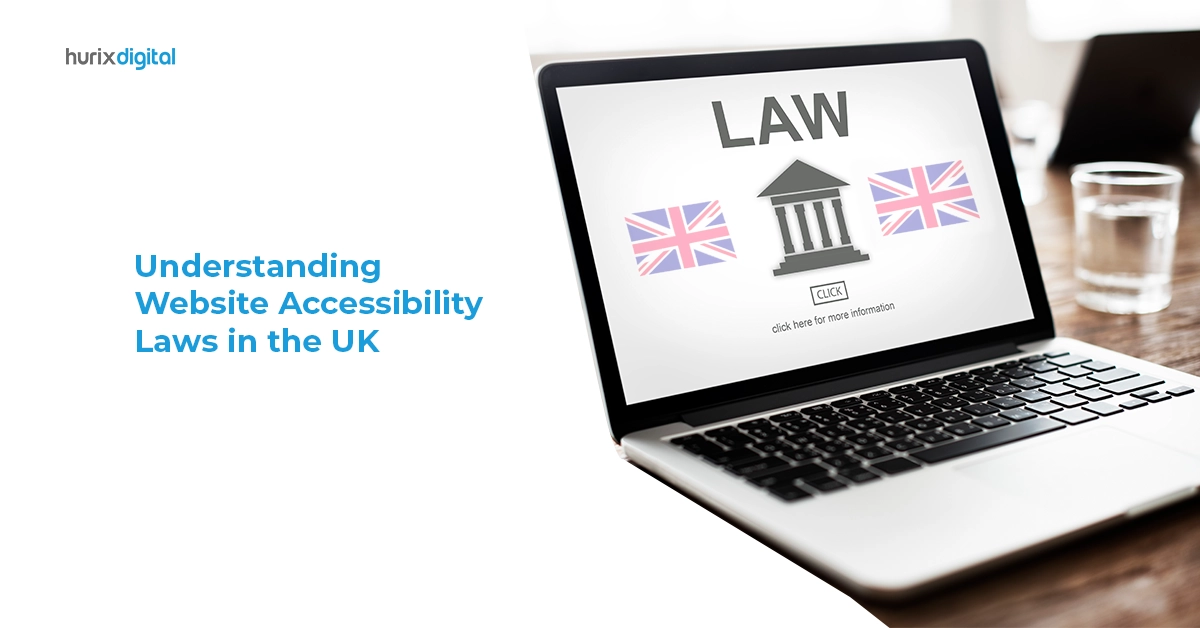
Enhancing Accessibility in Writing: Editorial Collaboration with Subject Matter Experts
Summarize with:
As society becomes more inclusive, it is vital that everyone can access digital content. However, we still have a long way to go; according to Forbes, only 3% of the internet was considered to be inclusive and accessible in 2022.
Collaborative editing, which combines writers with subject-matter experts—SMEs—is one innovative way to address this. By combining several points of view and areas of experience, collaborative editing can assure adherence to accessibility criteria, increase writing and web accessibility, and promote inclusive content production.
This article will discuss the significance of collaborative editing for accessibility, strategies to include writers and SMEs, and tools and approaches that might help to simplify this process.
Table of Contents:
- Accessibility in Writing
- The Role of Collaborative Editing
- Engaging Authors and Subject Matter Experts
- Writing for Diverse Audiences
- Editorial Collaboration for Accessibility
- Final Words
Accessibility in Writing
Writing that is easily readable and understood by those with a range of disabilities, including visual, auditory, cognitive, and motor impairments, is referred to as being accessible.
The aim is to eliminate obstacles that keep these people from getting information. This entails utilizing straightforward language, offering alternate text for images, making sure that words and background colors contrast appropriately, and ensuring that screen readers can access documents.
The Role of Collaborative Editing
Cooperative editing is a process in which several people help to polish a piece of writing. In terms of content accessibility, it is the cooperation of subject matter experts—who contribute specific knowledge in accessibility—and writers who produce the first draft.
1. Benefits of Collaborative Editing for Accessibility
Collaborative editing can provide the following benefits:
- Diverse Perspectives: Authors and SMEs have different opinions and experiences, which produces more comprehensive and inclusive material.
- Expertise in Accessibility: SMEs can benefit from experts who know accessibility standards and can spot inconsistencies or errors that writers might overlook.
- Improved Quality: Cooperation guarantees that the material is both useful and easily available, improving its general quality.
- Shared Responsibility: Engaging multiple parties spreads the responsibility of producing easily available content, making it a team effort.
2. Strategies for Effective Editorial Collaboration
Consider the following strategies to facilitate effective collaboration:
- Establish Clear Goals: Determine the goals of the collaboration, emphasizing that the material can be accessed by every user.
- Foster Open Communication: Encourage honest and continuous communication between writers and SMEs to talk over difficulties and ideas.
- Leverage Technology: Use technology to enable real-time editing and feedback using access tools and cooperative platforms.
- Regular Training: Authors and SMEs should get regular training on the most recent accessibility standards and best practices.
The role of editorial managers extends beyond ensuring content meets accessibility guidelines and promoting an inclusive culture. They ensure that content surpasses basic standards, contributing to a more accessible digital world and enabling effective engagement for all audiences.
Also Read: How to Create Accessible ePUB Files
Engaging Authors and Subject Matter Experts
Engaging SMEs and authors in the cooperative editing process requires a methodical strategy to guarantee their significant and successful contributions.
1. Authors
Authors are primarily responsible for creating the initial content.
Here’s how to engage them effectively:
- Education on Accessibility: Educate authors about the importance of digital accessibility and the principles of inclusive content creation. Provide resources and guidelines on how to create accessible content from the outset.
- Accessibility Checklists: Develop checklists that authors can use to ensure their content meets basic accessibility requirements before involving SMEs.
- Feedback Mechanisms: Create transparent feedback systems whereby SMEs can offer authors helpful advice on how to improve accessibility.
2. Subject Matter Experts
SMEs bring specialized knowledge to the market and can provide valuable insights:
- Find Relevant Experts: Find SMEs knowledgeable in inclusive content production, digital accessibility, and accessibility standards. Their expertise is vital for identifying and handling content issues.
- Involve Them Early: Early involvement of SMEs in the content creation process will help provide invaluable direction and comments before the final output.
- Continuous Collaboration: Constant cooperation will help to guarantee that accessibility issues are included at every editing stage.
Writing for Diverse Audiences
Writing for a variety of readers requires inclusive and easily available material for individuals from many backgrounds and abilities. This entails customizing material to fit the demands of several user groups and knowing those demands themselves.
1. Inclusive Content Creation
Creating inclusive content goes beyond mere accessibility to include honoring and reflecting the variety of its audience. This covers ideas for cognitive, linguistic, and cultural variety.
- Cultural Sensitivity: Recognize cultural variances and steer clear of material that can offend or exclude anyone.
- Language Accessibility: Use simple language and think about translating for non-native speakers.
- Cognitive Accessibility: Use clear language, avoid complicated sentences, and summarize long materials.
2. Accessibility Tools
Several accessibility tools exist that would help SMEs and authors produce and review easily available content:
- Screen Readers: Tools like JAWS and NVDA let writers see how their work will be read aloud to consumers with visual problems.
- Color Contrast Analyzers: These can help guarantee readability by monitoring the contrast between text and background colors.
- Alt Text Generators: These tools generate descriptive alt text for images.
- Accessibility Checkers: Tools like WAVE and Axe automatically search materials for accessibility concerns.
Editorial Collaboration for Accessibility
Making sure material satisfies accessibility criteria depends on editorial cooperation. Multiple parties cooperate in this process to examine and improve the material, therefore guaranteeing its accessibility and inclusion.
1. Steps for Successful Editorial Collaboration
Consider following these steps to create a plan for collaborating:
- Initial Draft: Authors create an initial draft of the content, keeping accessibility in mind.
- SME Review: SMEs review the draft, providing feedback on accessibility issues and suggesting improvements.
- Revisions: Authors make revisions based on SME feedback, refining the content to enhance accessibility.
- Final Review: A final review by both authors and SMEs to ensure all accessibility issues have been addressed.
- User Testing: Where possible, involve users with disabilities in testing the content to identify any remaining barriers.
2. Best Practices for Editorial Collaboration
Follow these practices to make the most out of opportunities for collaboration:
- Regular Meetings: Frequent meetings between writers and SMEs will help to address any problems and evaluate development.
- Document Sharing: Use cooperative tools such as Google Docs or Microsoft Teams to share documents and track changes in real-time.
- Clear Roles and Responsibilities: Clearly define each team member’s tasks and obligations to guarantee responsibility.
- Iterative Process: Approach the teamwork as an iterative process, always improving the material depending on comments and testing.
By following these practices, editorial managers can ensure that collaborative editing for accessibility achieves its full potential, creating content that is not only compliant with accessibility standards but also inclusive and effective for diverse audiences.
Also Read: Leveraging ePublishing Solutions: Benefits and Services for Multi-Format Publishing
Final Words
Cooperative editing for accessibility is one effective method for producing inclusive and easily available content for every user.
Using best practices in editorial cooperation and accessibility tools can help to improve this method even further. In the end, giving accessibility in writing and inclusive content top priority is not only about compliance but also about creating an inclusive digital environment in which everyone may access and gain knowledge.
We all have to help create an accessible internet; at Hurix Digital, we understand the need for a user-friendly online presence. Our experts are quite good at including online accessibility features to provide every user with an outstanding experience.
Contact us today!
Summarize with:

Vice President – Content Transformation at HurixDigital, based in Chennai. With nearly 20 years in digital content, he leads large-scale transformation and accessibility initiatives. A frequent presenter (e.g., London Book Fair 2025), Gokulnath drives AI-powered publishing solutions and inclusive content strategies for global clients
 A Space for Thoughtful
A Space for Thoughtful 



